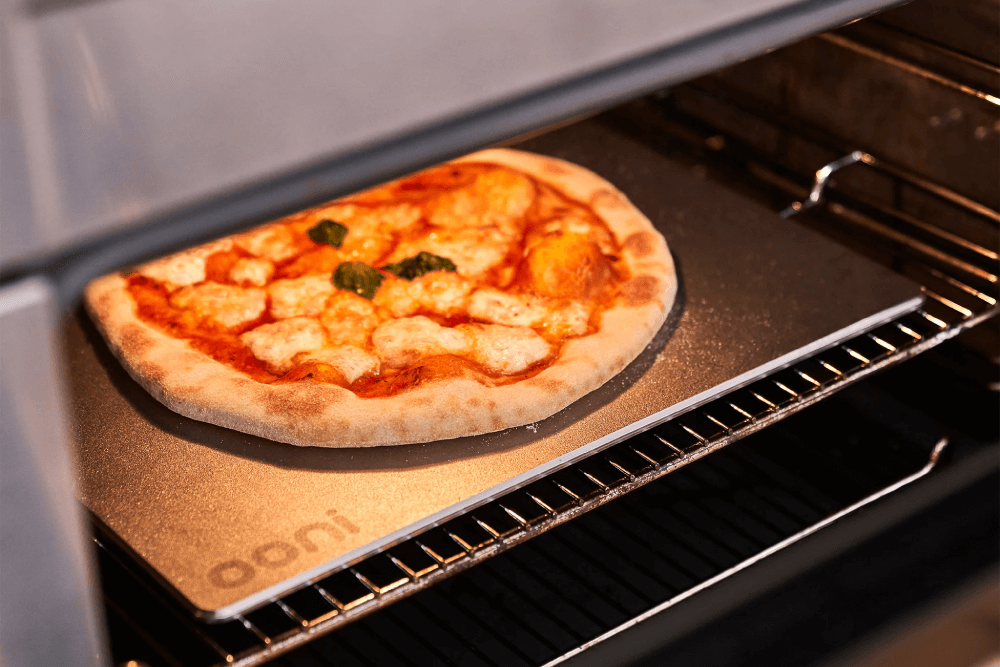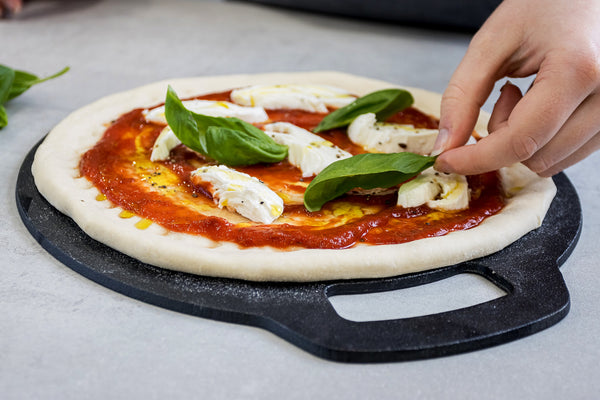The art of baking is a delicate dance between ingredients and heat, and at the center of this dance are baking stones. Known for transforming everyday ingredients into culinary masterpieces, these stones are a staple in many professional kitchens. However, to fully leverage their power, one must understand a critical phenomenon known as thermal shock.
Thermal shock is a term that often lurks in the background of baking discussions, but its implications are profound. It occurs when theres a sudden change in temperature, leading to stress in materials and, quite possibly, their failure. For baking stones, this shock can crack or even shatter them, turning a baking session into a disaster if not managed properly.

What is Thermal Shock?
In essence, thermal shock refers to the stress and potential damage that can occur when a material experiences a rapid change in temperature. Imagine pulling a baking stone out of a hot oven and placing it on a cold surface. The drastic temperature change can cause the stone to crack, compromising its integrity.
Preventing thermal shock is crucial for anyone keen on using baking stones efficiently. Professional kitchens must adhere to certain practices to avoid this common pitfall. Allowing stones to cool slowly and avoiding drastic temperature changes by preheating them properly are golden rules.
The Role of Baking Stones in Professional Kitchens
Baking stones, often made from ceramic, cordierite, or clay, are cherished for their ability to mimic traditional baking floors. They absorb and evenly distribute heat, creating an optimal environment for baking. This quality makes them invaluable for achieving the perfect crust on breads and pizzas.
The use of baking stones is not just about taste; its about efficiency. By ensuring even heat distribution, they reduce baking times and energy cost, a crucial aspect of any busy kitchen environment. More insights on their durability can be explored here.
Avoiding Common Mistakes
One of the most common mistakes is placing a cold stone into a hot oven, leading to thermal shock. Always preheat your stone along with your oven. Additionally, ensuring that baking stones are completely dry before use avoids any moisture-induced thermal stress.
Storing and handling are equally important. When not in use, keep stones in dry environments, and avoid stacking heavy objects on them. For further tips on maximizing your baking stone's longevity, visit this site.
Understanding and Managing Heat
Heat management is vital when using baking stones. These stones work best in ovens that maintain a constant temperature. In professional settings, where oven doors frequently open and close, its crucial to monitor temperature and adjust as needed to prevent thermal shock.
Moreover, experimenting with different stone materials can impart unique qualities to your baked goods. For those interested in different baking techniques, exploring how stones react under various conditions can be revealing. Learn more about the science behind baking stones here.
Innovative Uses for Baking Stones
Baking stones arent just for pizzas! Savvy chefs use them to roast vegetables, bake cookies, or even sear meats. The ability to distribute heat evenly can enhance flavors, making them a versatile tool in any professional kitchen. Discover various creative uses by visiting this site.

FAQs about Thermal Shock and Baking Stones
Can thermal shock damage other kitchen tools?
Yes, thermal shock can affect any material subjected to rapid temperature changes, especially those made of glass or ceramic.
How long should I preheat a baking stone?
Its recommended to preheat a baking stone in the oven for at least 45 minutes to ensure even heat distribution before baking.
Is it possible to repair a cracked baking stone?
Typically, once a baking stone cracks due to thermal shock, its best to replace it to avoid potential contamination of food during baking.
Stay informed with more insights and articles about advanced baking techniques and tools on our blog. To explore professional tips on maintaining your baking stones, visit our article on baking stone cooking times.
This article contains affiliate links. We may earn a commission at no extra cost to you.






Leave a comment
This site is protected by hCaptcha and the hCaptcha Privacy Policy and Terms of Service apply.